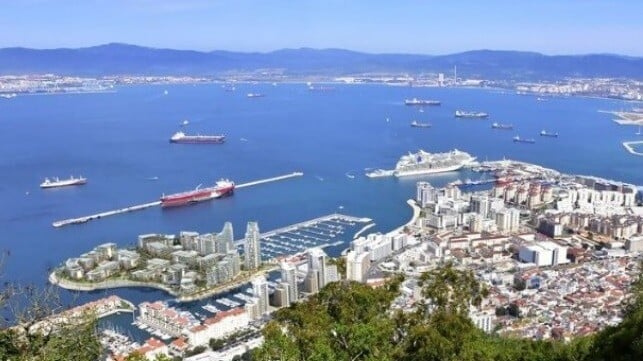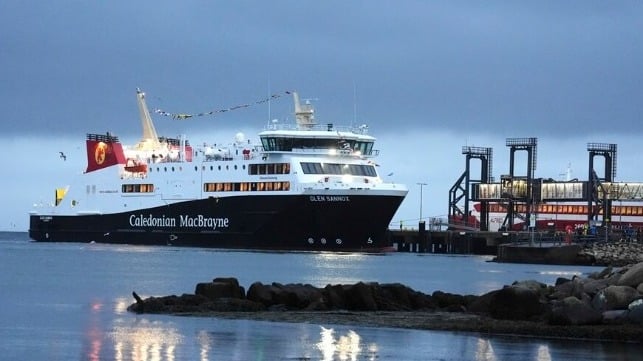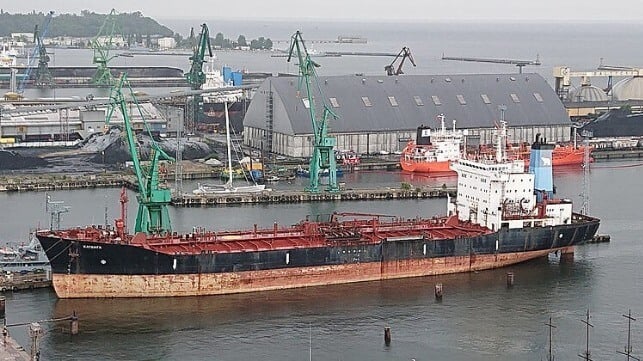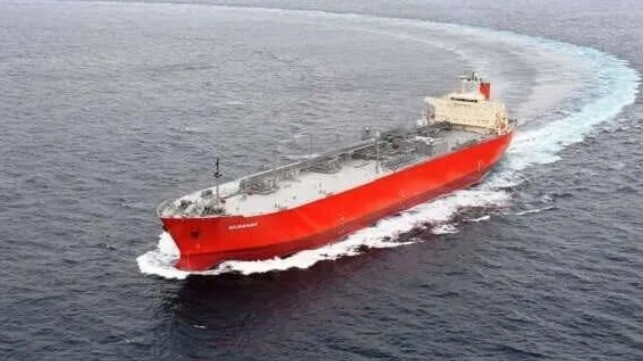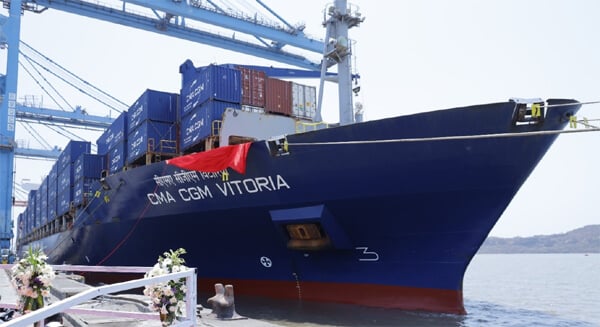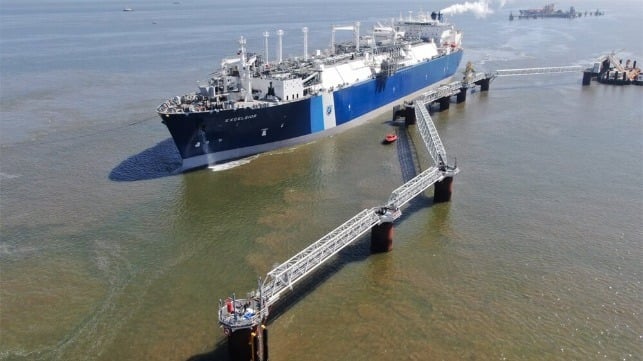Story by Lauren Acton-Taylor For Dailymail.Com
• 1d •

Musk's artificial intelligence company set up shop in South Memphis last year but has left residents visiting the emergency room for asthma most often in the state as it's revealed the supercomputer's pollution control measures don't meet federal guidance
Residents in Tennessee have been left struggling to breathe over Elon Musk's supercomputers as pollution is believed to have caused a surge in asthma.
Musk's artificial intelligence company set up shop in South Memphis last year but the supercomputer's pollution control measures don't meet federal guidance.
The area now leads the state in the most emergency room visits for asthma.
The company has no Clean Air Act permits, Politico reported, and none of the 35 methane gas turbines that help power xAI's supercomputer are equipped with federally-required pollution controls.
Now, the surrounding residents lead the state of Tennessee with the most emergency visits for asthma-related symptoms.
In 2024, Memphis was found to be the asthma capital of the nation by the Asthma and Allergy Foundation of America.
In the short eleven months that Musk's supercomputer has been running in the area, the company has championed as one of Shelby County's largest emitters of nitrogen oxide, according to the outlet.
The area was already suffering from unhealthy air quality due to smog, according to the United States Environmental Protection Agency.
Musk's plant turbines spew an estimated 1,200 to 2,000 tons of nitrogen oxides, or NOx, further contributing to the smog issue in the area.

In the short eleven months that Musk's supercomputer has been running in the area, the company has championed as one of Shelby County's largest emitters of nitrogen oxide

The company has no Clean Air Act permits, Politico reported, and none of the 35 methane gas turbines that help power xAI's supercomputer are equipped with pollution controls federally required
The estimations, according to the Southern Environmental Law Center, are far higher than that of the gas-fired power plant across the street or the oil refinery nearby, the outlet reported.
Musk said in February that the turbines were a necessary addition for the third version of the AI chatbot.
At the time, he said: 'We have generators on one side of the building, just trailer after trailer of generators until we can get the utility power to come back in.'
Nearby Boxtown, three miles from the plant, is facing enough toxic pollution from xAI and 17 industrial facilities to require registration with the EPA's Toxics Release Inventory.
With the median household income at $36,000, the population face not being able to breathe to stay in their homes.
'I can't breathe at home, it smells like gas outside,' said resident Alexis Humphreys through tears.
'How come I can't breathe at home and y'all get to breathe at home?' she continued, holding up her inhaler at a public hearing on April 25.
At a protest in late April, Rep. Justin Pearson said: 'They put our lungs and our air on the auction block and sold us to the richest man in the world.'

'I can't breathe at home, it smells like gas outside,' said resident Alexis Humphreys through tears. 'How come I can't breathe at home and y'all get to breathe at home?' she continued, holding up her inhaler at a public hearing on April 25
The turbines Musk has implemented are only temporary, but the damage they can do is immense, as xAI's environmental consultant Shannon Lynn said during a webinar that they don't require federal permits for hazardous emissions.
As residential pressure built in January, xAI applied for permits for 15 of its turbines that will allegedly be permanent.
Lynn said, however, that the company will wait until the application process is approved before pollution control is installed on those turbines.
The strategy, former EPA air enforcement director Bruce Buckheit argued, violates the Clean Air Act.
'There needs to be a permit beforehand. You don't just get that first year for free,' he told Politico.
The competitive nature of AI leaves room for a dangerous set of practices to slide across the industry.
Amanda Garcia, senior attorney for the SELC, told the outlet: 'Data centers are a highly competitive space, and other companies are watching what xAI is doing. Right now, what xAI is doing is essentially running a power plant without a permit, and it has a real risk of harming people's health.'
The company's own version of an AI chatbot, Grok, has become famed for its relaxed regulations which allow users more freedom to generate potentially hateful or insensitive images.

The area was already suffering from unhealthy air quality due to smog, according to the United States Environmental Protection Agency. Musk's plant turbines spew an estimated 1,200 to 2,000 tons of nitrogen oxides, or NOx, further contributing to the smog issue in the area

Multiple cases of asthma and cancer in local families are attributed to the air pollution, and many residents are calling the xAI's permits to be denied and the plant shut down
Musk referred to Grok as 'the most fun AI in the world.'
But local residents feel as though their health is suffering the sake of the 'fun' images.
Multiple cases of asthma and cancer in local families are attributed to the air pollution, and many residents are calling the xAI's permits to be denied and the plant shut down.
But Musk's history with environmental disregard has been equally problematic.
Tesla was cited for 33 air quality violations in 2021, SpaceX was fined by Texas after allegedly dumping industrial wastewater without a permit, and The Boring Co. was fined by Texas for failing to get a permit to discharge industrial stormwater.
Now, xAI has also been accused of being deceptive regarding the number of turbines running.
Memphis Light, Gas and Water and chamber officials suggested in the summer of 2024 that Musk's company had 18 turbines of varying sizes - xAI filed for permits for 15 turbines at 16MW each.
At the end of March, environmental groups flew over the facility and took photographs of the turbines. The aerial photos pictured 35 turbines onsite, Politico reported.

Tesla was cited for 33 air quality violations in 2021, SpaceX was fined by Texas after allegedly dumping industrial wastewater without a permit, and The Boring Co. was fined by Texas for failing to get a permit to discharge industrial stormwater

At the end of March, environmental groups flew over the facility and took photographs of the turbines. The aerial photos pictured 35 turbines onsite, Politico reported
However, Memphis Mayor Paul Young said only 15 were actually running and the remainder were backups.
Yet, in late April, the groups flew over the site again with thermal cameras and found 33 turbines were giving off significant heat signals which signify the generation of electricity and pollution.
In a webinar in April, Lynn said xAI did not need air permits for 35 turbines onsite because 'there's rules that say temporary sources can be in place for up to 364 days a year. They are not subject to permitting requirements.'
The loophole, Lynn argued, is that should the permit be approved, seven turbines will remain onsite while the 28 others would be 'temporary' and would be 'slowly' moved out as substations are constructed.
John Walke, a former attorney in EPA's Office of General Counsel who now works for the Natural Resources Defense Council, told the outlet: 'xAI's position is quite suspect - I mean they're huge. The temporary or not temporary argument is irrelevant.'
Yet, the Health Department had a consultation with EPA in August, during which the federal regulator agreed that the turbines do not require permits.
In November, EPA Region 4 Air and Radiation Director Denisse Diaz wrote to the Health Department director that although it was the understanding that 'the turbines are expected to cease operations in the next few months,' a more formal review process was necessary to confirm.
It was also suggested that the county set up air monitoring to confirm the turbines emissions.

The turbines Musk has implemented are only temporary, but the damage they can do is immense, as xAI's environmental consultant Shannon Lynn said during a webinar that they don't require federal permits for hazardous emissions
As Musk continues to grow the company, and Colossus - which added double the number of onsite computer chips - came online in September, he has pushed for more.
In October, xAI asked Memphis Light, Gas and Water to look into the possibility of adding 260 MW through a new substation on another piece of land xAI leased in the area.
But the residents of Boxtown are ready to have clean air again.
Easter Mayo Knox, 74 years old and with chronic obstruction pulmonary disease, lowered her KN95 mask to protect herself from the pollution.
She told the outlet: 'He may be a millionaire, a billionaire - whatever kind of 'aire' he is - but what we need her is clean air.'
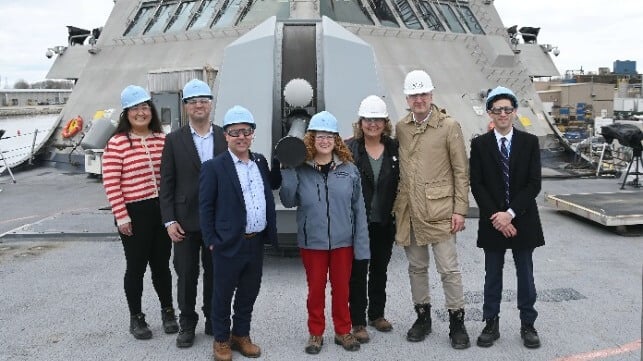
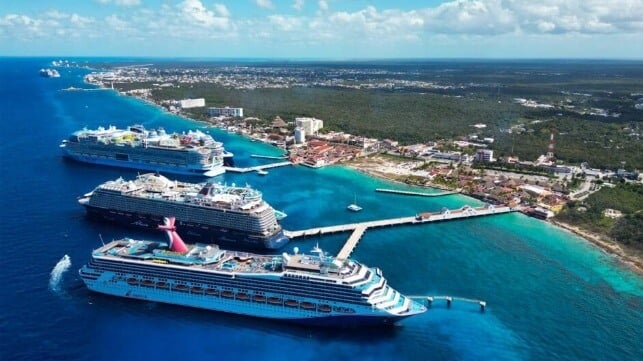
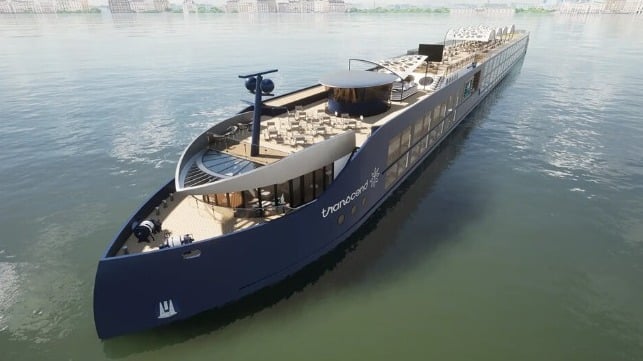
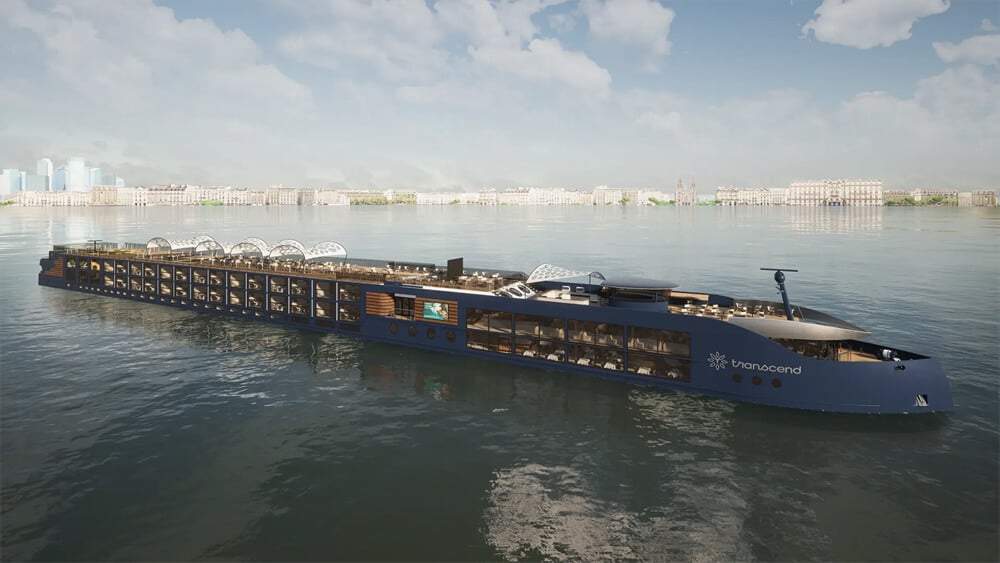
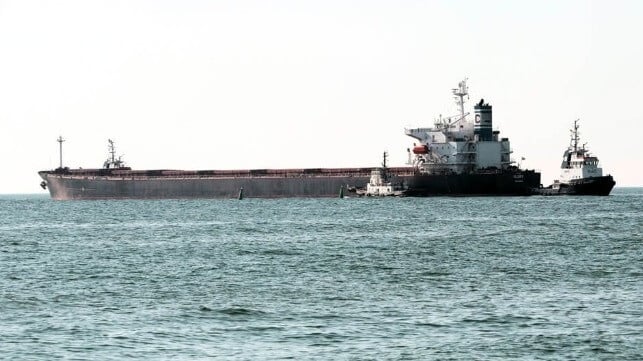
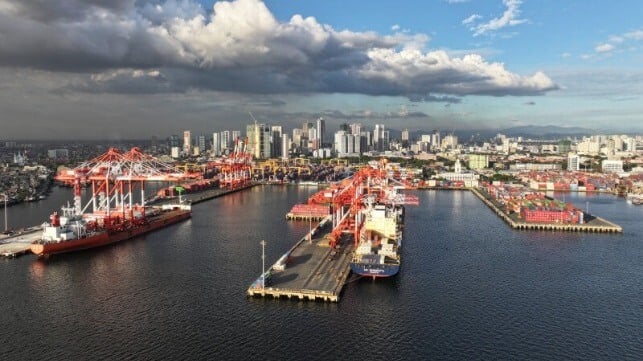
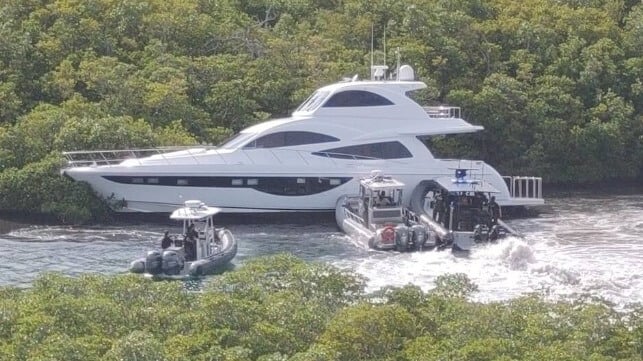
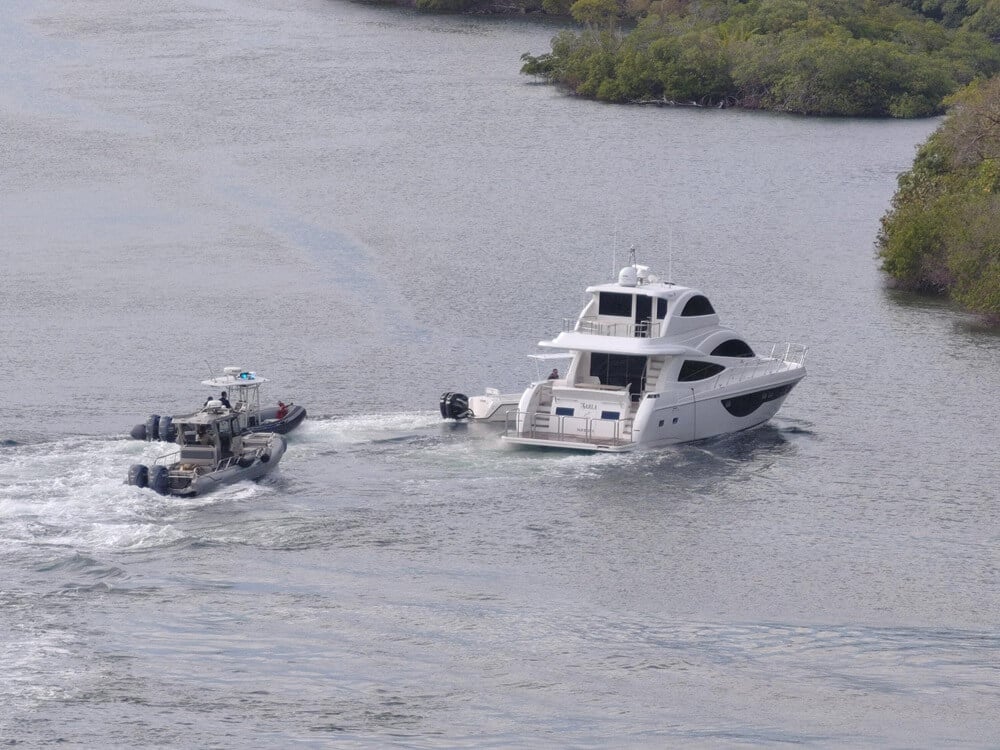
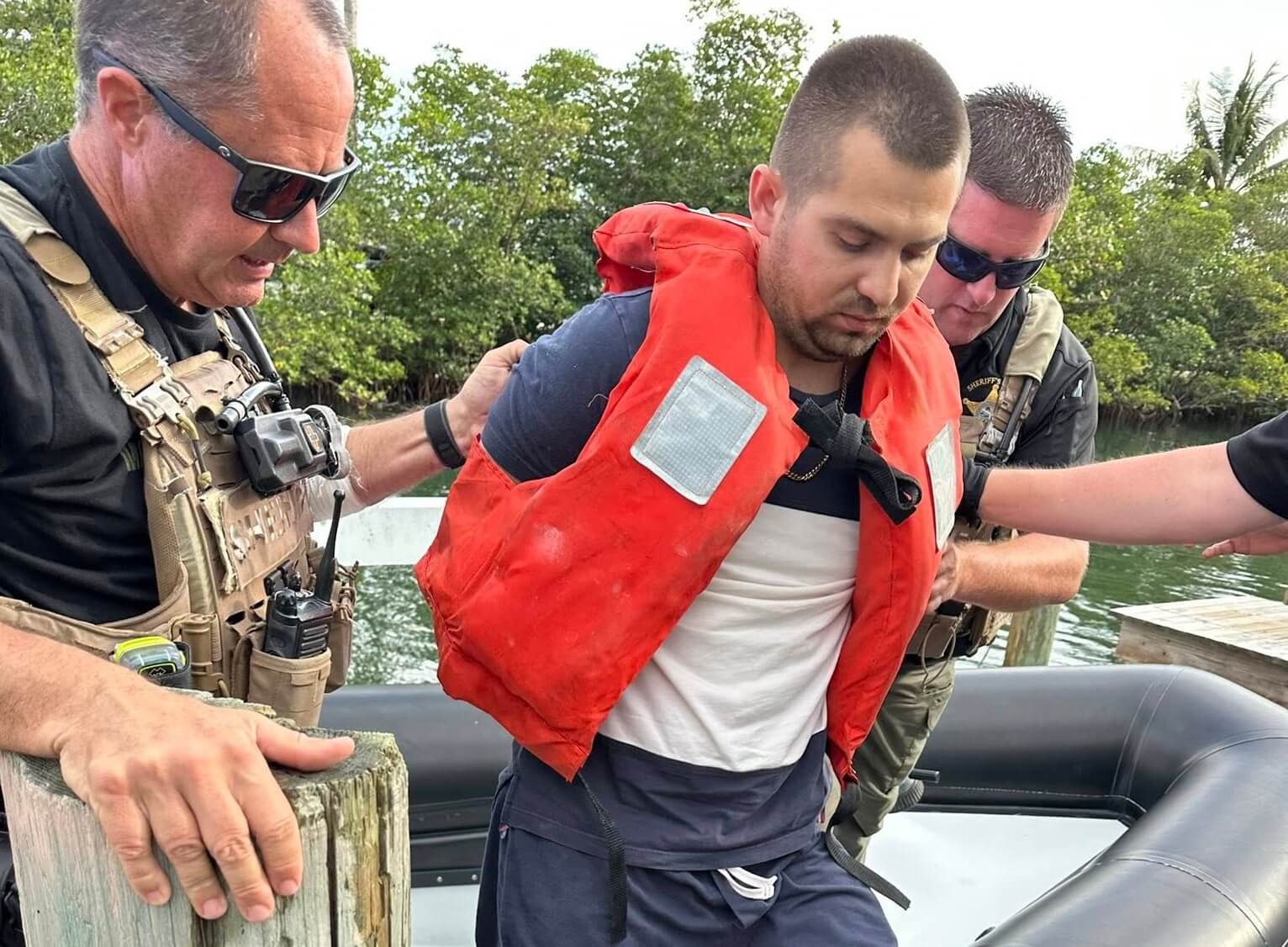 Courtesy Martin County Sheriffs' Office
Courtesy Martin County Sheriffs' Office